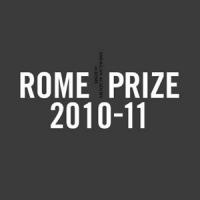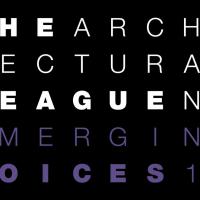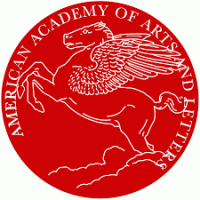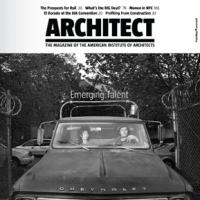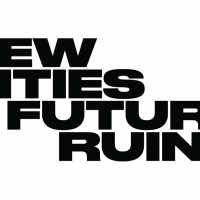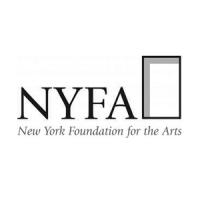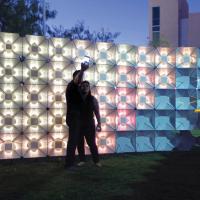In the world of live comedy, performance isn’t just about the jokes—it’s also about the setting. From the moment the audience steps into a theater, the décor and design of the venue shape their expectations. For comedians like David Sedaris and Nate Bargatze, whose comedic styles are markedly different, venue decoration plays a pivotal role in enhancing the experience. This article explores the art and strategy behind decorating comedy venues to match their unique tones, themes, and audiences.
Understanding the Comedians: Tone Drives Design
David Sedaris: Literary Wit and Sophisticated Storytelling
David Sedaris is known for his dry humor, literary storytelling, and reflective narratives. His audience often expects an intimate, intellectual evening—a far cry from rowdy stand-up. Consequently, the décor for Sedaris’ shows tends to resemble that of a book reading or a TED Talk rather than a traditional comedy gig.
- Warm lighting with soft amber tones
- Minimalistic stage with a lectern or reading table
- Backdrops featuring artistic visuals or natural textures
- Subtle floral arrangements or classic theater drapery
Nate Bargatze: Clean Comedy Meets Southern Charm
Nate Bargatze delivers wholesome, relatable comedy with a calm, deadpan delivery. His venues often reflect his Southern roots and relaxed personality. Rather than theatrical grandeur, his stage designs favor accessibility and comfort.
- Rustic elements like wood panels or faux-brick walls
- Soft blue or neutral-toned lighting
- Armchairs or couch-style seating on stage for post-show talks
- Projection screens with personalized graphics or cartoons
The Role of Lighting in Venue Design
Lighting is one of the most powerful tools in setting the mood for a comedy show. For both Sedaris and Bargatze, it’s used not only to illuminate but also to emotionally prime the audience.
For David Sedaris
The lighting design leans toward theatrical minimalism. Spotlights follow him as he reads from his books or notes. Often, the lighting dims between segments, mimicking a stage play. Accent lights might subtly highlight ornate architectural details in classical venues like opera houses or university auditoriums.
For Nate Bargatze
Bargatze’s shows often use soft washes of color across the stage and audience, enhancing warmth and approachability. LED panels might cast a sky-blue ambiance that creates a feeling of daylight or early evening comfort—mirroring the “family-friendly” aura of his material.
Stage Layout and Audience Connection
David Sedaris: Story Hour Format
The stage for Sedaris is often sparsely decorated—a chair, a small table with a bottle of water, and a microphone. Some venues may add a backdrop of tall bookshelves, invoking a library. This simplicity draws full focus to Sedaris’ delivery and the rhythm of his voice.
Nate Bargatze: Stand-Up Theatre Meets Living Room
Bargatze’s stage setup often includes a stool and handheld mic, with subtle scenic designs suggesting a living room or porch setting. This allows him to establish an intimate, conversational tone, even in venues seating thousands.
Backdrops and Visual Themes
David Sedaris
Backdrops may feature soft fabrics or painted panels that complement his refined and literary aesthetic. In larger venues, projection screens display artistic transitions between acts or showcase the covers of his latest books. Occasionally, animated visuals are used subtly to match themes in his stories—such as Parisian cityscapes or woodland scenes.
Nate Bargatze
For Bargatze, visual elements reflect simplicity and humor. His shows might feature projected illustrations, clean graphics, or cartoons that highlight the absurdity of his stories. The goal is to enhance relatability, not distract with spectacle.
Venue Selection and Interior Décor
Both comedians are very selective about where they perform. The architecture and existing décor of a venue influence their ability to customize the space.
David Sedaris: Historical and Academic Spaces
Sedaris often performs in concert halls, universities, or arts centers with neoclassical design. These venues offer:
- Elegant chandeliers and balconies
- Carpeted aisles and velvet seating
- Acoustic design that complements voice projection
The décor often requires minimal modification—only accent pieces or lighting adjustments to match the tone of the performance.
Nate Bargatze: Modern Theaters and Multi-Use Venues
Bargatze typically opts for accessible, family-friendly theaters and city performing arts centers. These spaces are often newer, with built-in tech and flexible seating arrangements. His team adds décor elements like rustic wall panels, simple banners, and informal lounge setups for meet-and-greet zones.
Merchandising and Lobby Design
David Sedaris
In the lobby areas of Sedaris shows, audiences are greeted with tables featuring his latest books, autographed copies, and thematic posters. Lighting is soft and bookstore-like, and classical music or soft jazz plays subtly in the background. Floral accents and framed author portraits often round out the setup.
Nate Bargatze
Bargatze’s lobby décor reflects his casual and humorous brand. Tables are filled with witty t-shirts, mugs, and family-friendly merchandise. Screens play preview clips or interviews, and signage includes hand-written style fonts or quirky Southern idioms.
Accessibility and Audience Flow
Venue decoration isn’t only about the stage—it also impacts how guests enter, navigate, and feel within the space.
- David Sedaris: Emphasis on quiet zones, reading areas, and proper seating labels. Ushers often dress in formal attire.
- Nate Bargatze: Signage is large, clear, and friendly. Venues may have photo booths with cardboard cutouts or quote walls for social sharing.
Sound Design and Acoustic Treatment
Though not always visible, acoustic elements are part of venue “décor.”
For Sedaris
Venues are often enhanced with wooden paneling or acoustic curtains to ensure every word is clear. Subtle amplification ensures a warm, personal tone without overwhelming echo.
For Bargatze
Comedy clubs and theaters are equipped with dynamic mics and balanced sound systems. The goal is to make the audience feel like they’re in conversation with Bargatze, even in the back row.
COVID-Era Adjustments and Innovations
Both comedians adapted their venue décor during pandemic years:
- Sedaris: Added distanced seating and virtual book-signing zones.
- Bargatze: Outdoor tents with string lights, picnic-style seating, and digital merch booths.
Conclusion: Designing Laughter Through Space
Venue decoration plays an invisible yet crucial role in delivering memorable comedy performances. For David Sedaris, elegance, simplicity, and intellectual cues dominate the stage and surrounding areas. For Nate Bargatze, the décor evokes warmth, approachability, and Southern charm. Though they perform in vastly different styles, both comedians rely on thoughtful design to frame their material, connect with the audience, and elevate the live experience.
As comedy continues to evolve in a post-digital age, so too will the spaces in which it thrives. And for fans of Sedaris and Bargatze, these meticulously decorated venues offer more than just a seat—they offer immersion into a comedic world built just for them.
